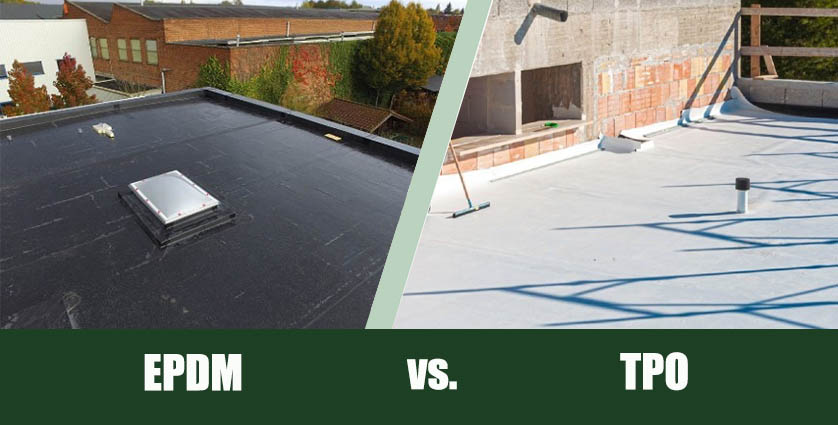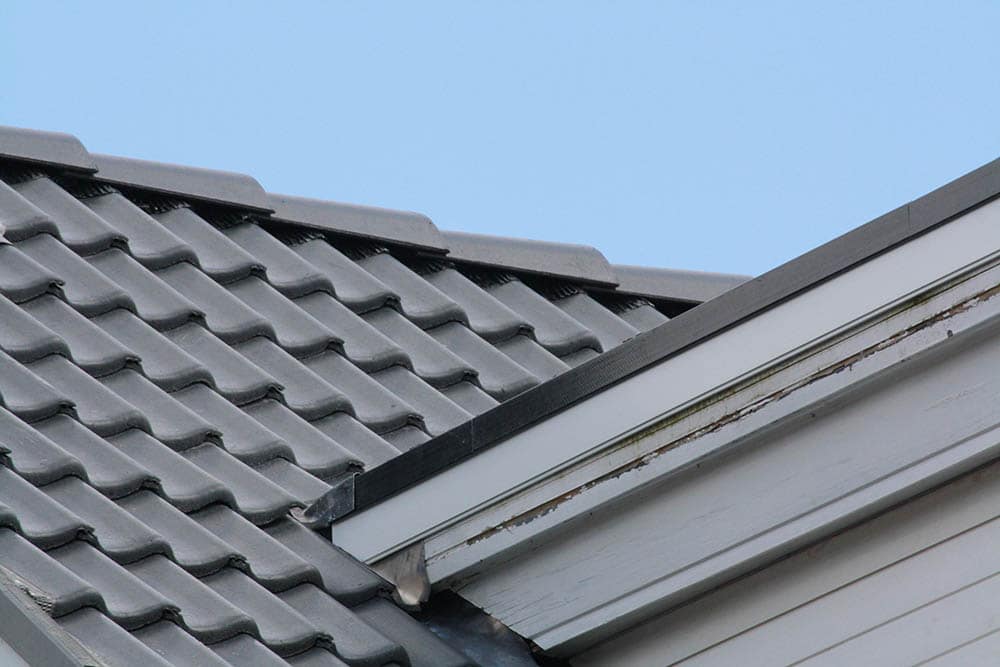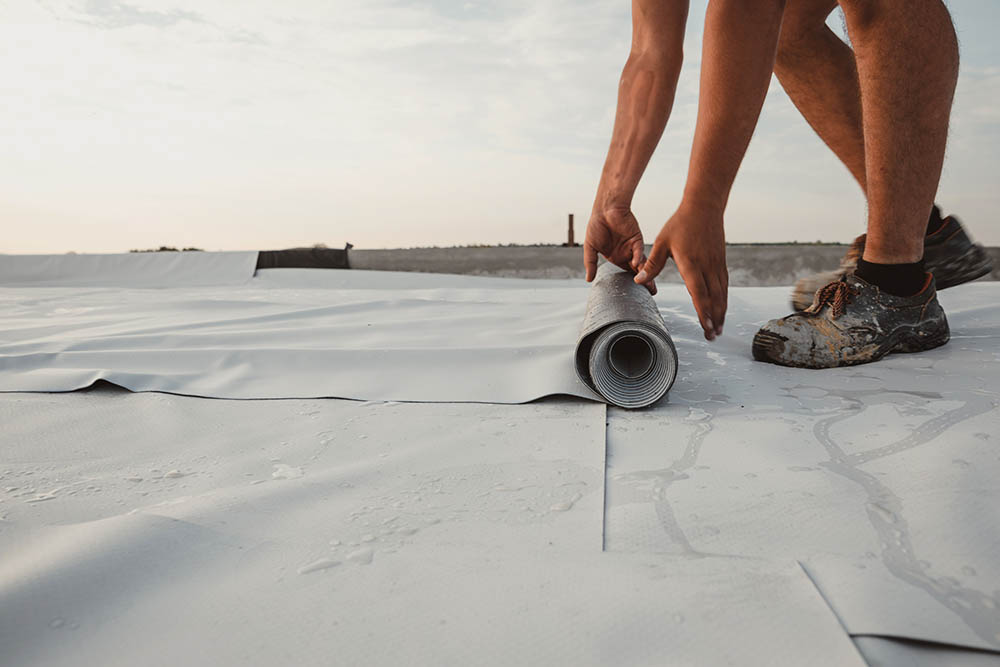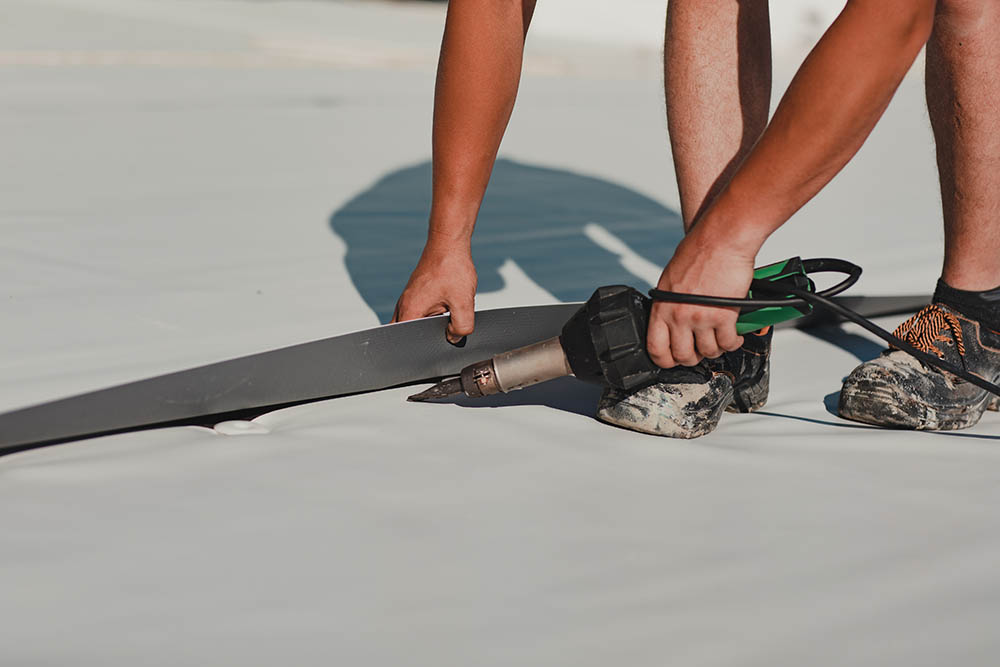EPDM Roofing vs. TPO: Pros, Cons & Verdict
-
Ed Malaker
- Last updated:

If you want to replace your flat roofing, your main options are EPDM and TPO. Both are rubber and make great choices, but there are several differences between the two that you should consider before deciding. If you want to know more before making a purchase, keep reading as we look at the ease of installation, longevity, and appearance of each of these products.
Overview of EPDM

What Is EPDM?
EPDM stands for ethylene propylene diene monomer, and it’s a type of roofing that uses recycled rubber from tires and other sources as its main ingredient. Other ingredients include slate and sawdust, which help add strength. A material flattener presses it out into sheets that can be used as roofing.
Ease of Installation
EPDM is popular because it’s extremely easy to install, and you don’t need any special tools. All you need to do to install it is unroll the large sheets and glue them in place. The best part is that a small crew can install it, so labor costs won’t be too high.
Longevity
An EPDM roof has a 25–30-year lifespan, similar to asphalt shingles.
Appearance
The one area where the EPDM suffers is in its appearance. Due to it being primarily recycled tires, it’s not the most attractive option. It’s almost always black because adding color increases the cost significantly. The dark color also makes it less resistant to ultraviolet rays, and it can increase the temperature inside the building.

Cost
You can expect to pay between $0.40 and $0.80 per square foot. However, if you choose to add color to improve the appearance, you can expect to pay between $1 and $2 per square foot.
- Easy to install
- Low cost
- Made from recycled materials
- Colors other than black are more expensive
- Poor resistance to ultraviolet light
Overview of TPO

What Is TPO?
TPO stands for thermoplastic polyolefin, and it is a rubber-based material. Instead of recycled tires, it uses polymerized polypropylene and ethylene-propylene-based rubbers that are reinforced with fiberglass and talc. The fiberglass helps make this material extremely durable.
Ease of Installation
One downside of using TPO is that installing it is more involved than with EPDM. Contractors will need to install fastening plates to the building to hold the stretched TPO material. This installation will be more costly, but it will be easier to make repairs later because glue isn’t used.
Longevity
The longevity of TPO roofing material is similar to that of EPDM. In most cases, TPO will last 22–30 years.
Appearance
One of the biggest advantages of choosing TPO over EPDM is that it is available in a wide variety of colors, so it is much more attractive, and many people choose it when appearance matters. Another benefit of choosing TPO is that it is highly resistant to ultraviolet rays.

Cost
Another downside of choosing TPO is that it is more expensive than EPDM. You can expect to pay $5 to $8 per square foot when you include the cost of installing the fastening plates.
- Available in many colors
- Resistant to ultraviolet lights
- Extremely resistant
- Expensive
- Challenging installation
Other Things to Consider
Environmentally Friendly
Both EPDM and TPO are environmentally friendly, and you can recycle them when you are finished with them. However, the EPDM version already uses recycled materials in its construction, so it takes it one step further.
Strict Standards
The manufacturers of EPDM and TPO must follow strict standards when constructing these materials. For example, EPDM uses the ASTM D4637 specification, while TPO uses the ASTM D5338. Both ensure that the materials are durable enough to withstand harsh weather like rainstorms and hailstorms.

Which Roofing Material Is Right for Me?
What type of roofing material you should get will depend largely on your needs. If appearance is important and you’re not concerned about budgeting, TPO is a great choice and is available in a wide variety of colors. However, if you are looking for something effective and inexpensive, the best option is EPDM. Although it isn’t as nice as TPO, you can install it with a small crew, and it usually lasts at least 25 years.
Conclusion
EPDM is the better choice in most cases because it is much less expensive and easier to install without sacrificing longevity. It also uses recycled materials in its construction, so it’s better for the environment. TPO is ideal for hotels and other buildings where people will see it frequently. It’s also easier to maintain if there is any damage, so it might be a good choice in an area that frequently experiences bad weather.
Featured Image Credit: (L) Yamoka, Shutterstock | (R) Ba_peuceta, Shutterstock
Contents


